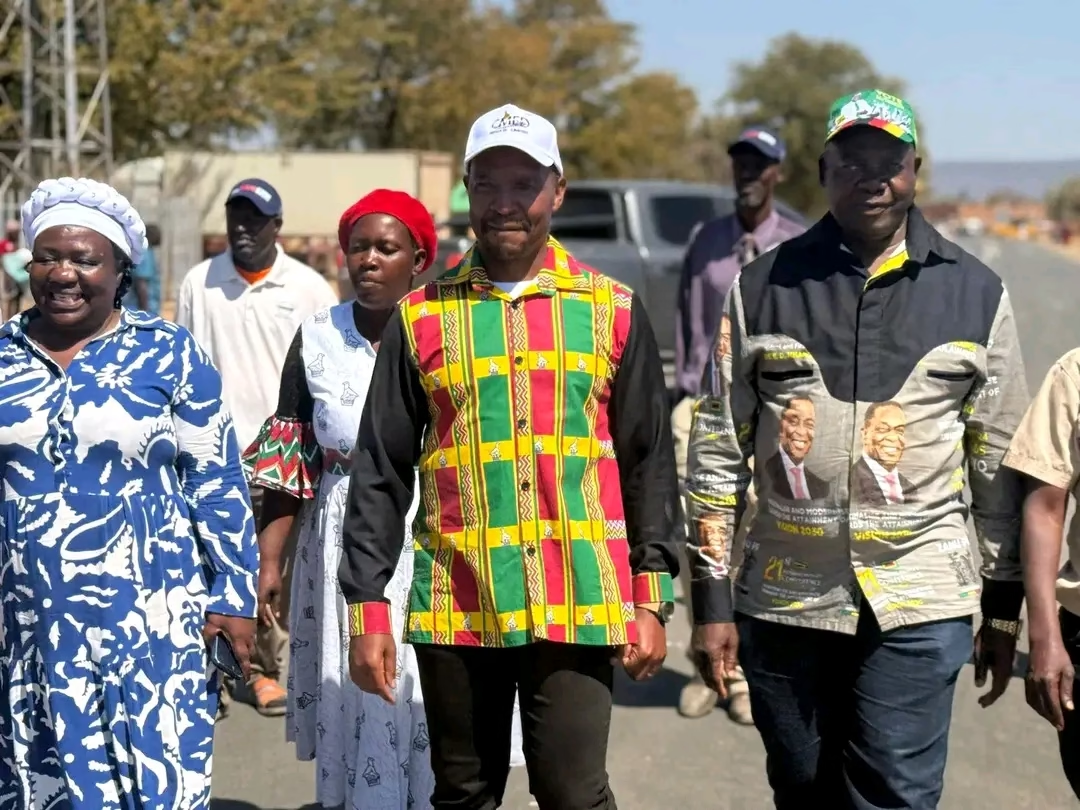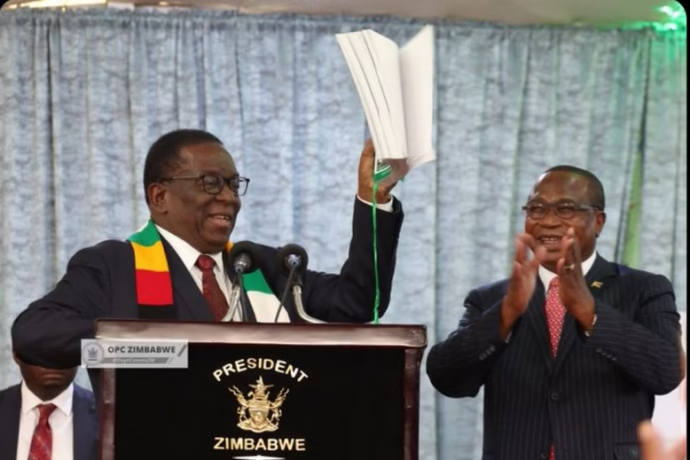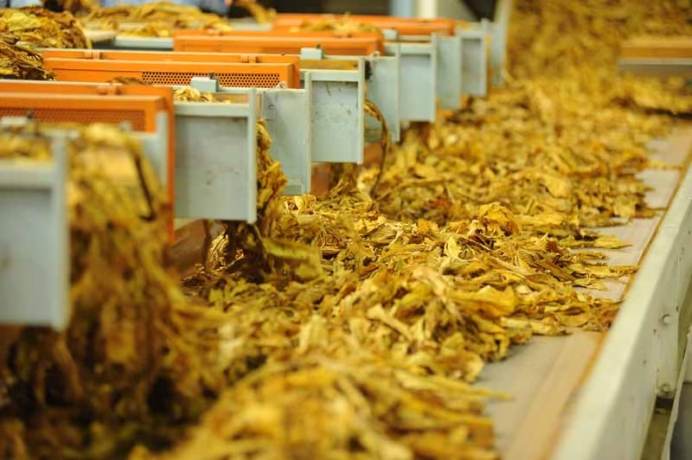
A newly opened forty kilometres on the Kwekwe to Gokwe road has done more than smooth a bumpy ride, it has redrawn economic maps, cut fares, and pulled Gokwe back into the daily rhythm of Kwekwe and Gweru, proving that strategic links between towns can unlock far more than traffic flow.
For years the artery from Gokwe and Nembudziya to the provincial cities of Kwekwe and Gweru was a choke point, trips took longer, vehicle wear was higher, fares crept up, and businesses priced in delay as a cost of doing business. The completion and opening of a forty kilometre section on the Kwekwe to Gokwe road is the first material break in that gridlock, and the effects are cascading beyond the construction site. Commuter operators report reduced costs and lower fares because the surface is now trafficable, residents speak of recognition long denied, and local traders are already recalibrating supply runs and delivery schedules. What looks like asphalt is, in practice, time, reliability and cash returned to households and firms.
Government inspections on Friday by the Minister of Transport and Infrastructural Development, Honourable Felix Mhona, framed the works within the Second Republic’s development philosophy, no one and no place left behind, and that framing matters, because the project is not a one off patch but a network play. Provincial Roads Engineer Stephen Kamutema set out the logic, the Kwekwe to Gokwe corridor spans one hundred and forty kilometres, the first forty are complete, next is the link through Zhombe, and then the rehabilitation of the Gokwe to Siabuwa route. In other words, this is a corridor approach that connects Gokwe North and Gokwe South to the provincial capital Gweru, and progressively knits northwest routes into a coherent chain for goods and services.
The development value lies in the links, not the length. Inter city connections change behaviour, they compress distance between producers, markets and services, they allow hospitals and schools to plan around predictable travel times, they let agro dealers move inputs just in time instead of stockpiling against uncertainty, they give farmers and small manufacturers the option to chase better prices in Kwekwe today rather than wait for a once a week buyer tomorrow. When links are reliable, fleets downsize spares, insurers price risk lower, and financiers view routes as bankable because cargo actually arrives on schedule. That is how a road turns into investment confidence.
There is also a governance dividend. Monitoring visits signal that delivery is being verified on the ground, communities in Gokwe and Nembudziya have visibly tied outcomes to accountability, “this has never happened before,” a resident said, “transport fares have gone down,” another added. The Chairperson of the Parliamentary Portfolio Committee on Transport and Infrastructural Development, Honourable Tawanda Karikoga, stressed that these are ongoing works, not an event, which is critical, because the credibility of any corridor depends on two things beyond construction, maintenance and continuity. Asphalt overlays must be protected by drainage upkeep, axle load control, and routine reseals, and project phases must follow in sequence so that the benefits compound rather than stall at a new bottleneck.
Economically, the next tests are clear. First, whether phase two through Zhombe arrives quickly enough to lock in fare reductions and travel time gains, since partial upgrades can create new pinch points where old pavement meets new. Second, whether the Gokwe to Siabuwa rehabilitation opens a wider northwest spine that diversifies trade routes and reduces dependency on a single city pair. Third, whether complementary investments follow the road, modern bus termini, safe lay bys, weighbridges, fuel and service stations, agro produce consolidation points, because corridors only mature when services cluster around them.
Socially, the gains arrive in quieter ways, fewer emergency referrals delayed by bad surfaces, school attendance less disrupted by transport breakdowns, social visits and community life less taxed by punishing travel. For young people, improved links expand job search radiuses from township to town, for small businesses, the sales horizon widens from ward to province. These are the subtle multipliers that never show up on an engineering bill of quantities, yet they are the reason roads are built.
Politically, the message aligns with the President’s mantra of inclusive development, and the optics are deliberately practical, officials standing on new asphalt to “showcase that the Second Republic can deliver,” as Honourable Mhona put it. Delivery, however, will ultimately be measured less by ribbon cuttings and more by continuity, how many kilometres are added each quarter, how many feeder roads in Nembudziya are graded to feed the trunk, how quickly accident rates fall on rehabilitated sections, how consistently fares stay down when diesel prices fluctuate.
Gokwe’s story is therefore not simply about a smoother drive, it is about re entering a provincial economy at speed, it is about turning distance into access, and access into opportunity. The first forty kilometres have proved the concept, the corridor logic is sound, the community impact is visible, and the policy narrative is coherent. What comes next will decide the scale, connect Zhombe, push on to Siabuwa, keep the maintenance regime tight, and let the network effects do their work. That is how a road becomes a growth corridor, and how a corridor becomes development you can feel in your pocket, your timetable and your town.




